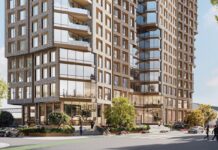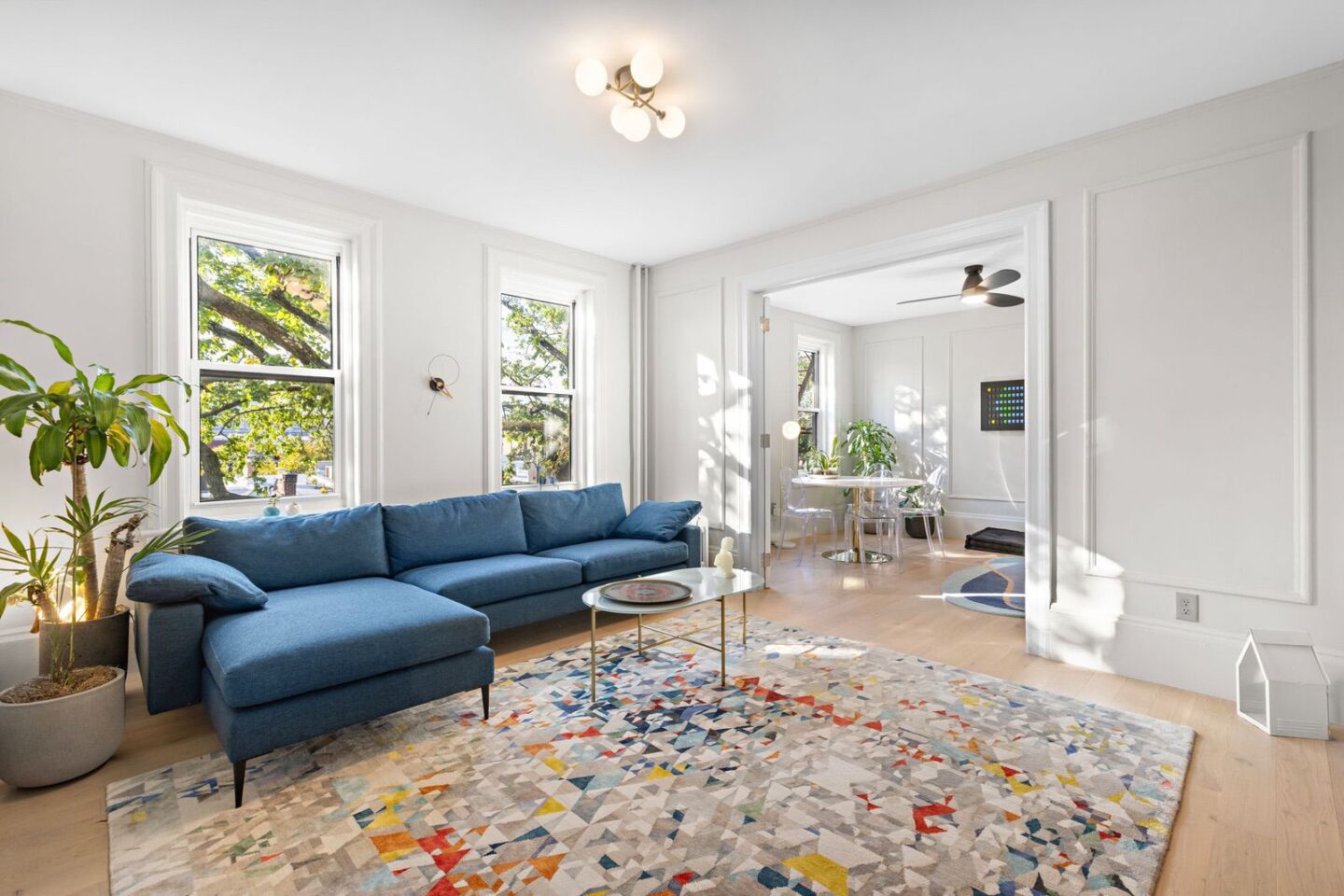
Hoboken is a city overloaded with historic homes and beautiful apartment buildings, many dating back to the 19th century. Price tags can reach well into seven figures and still require months of work. The gorgeous exterior facades don’t always reflect what lies behind the front door. Owners often funnel hundreds of thousands of dollars to modernize a crumbling interior, while fighting to retain the charm of bygone eras. It takes a team of experts to redesign and rebuild a living space that holds on to yesterday, embraces today, and looks forward to tomorrow.
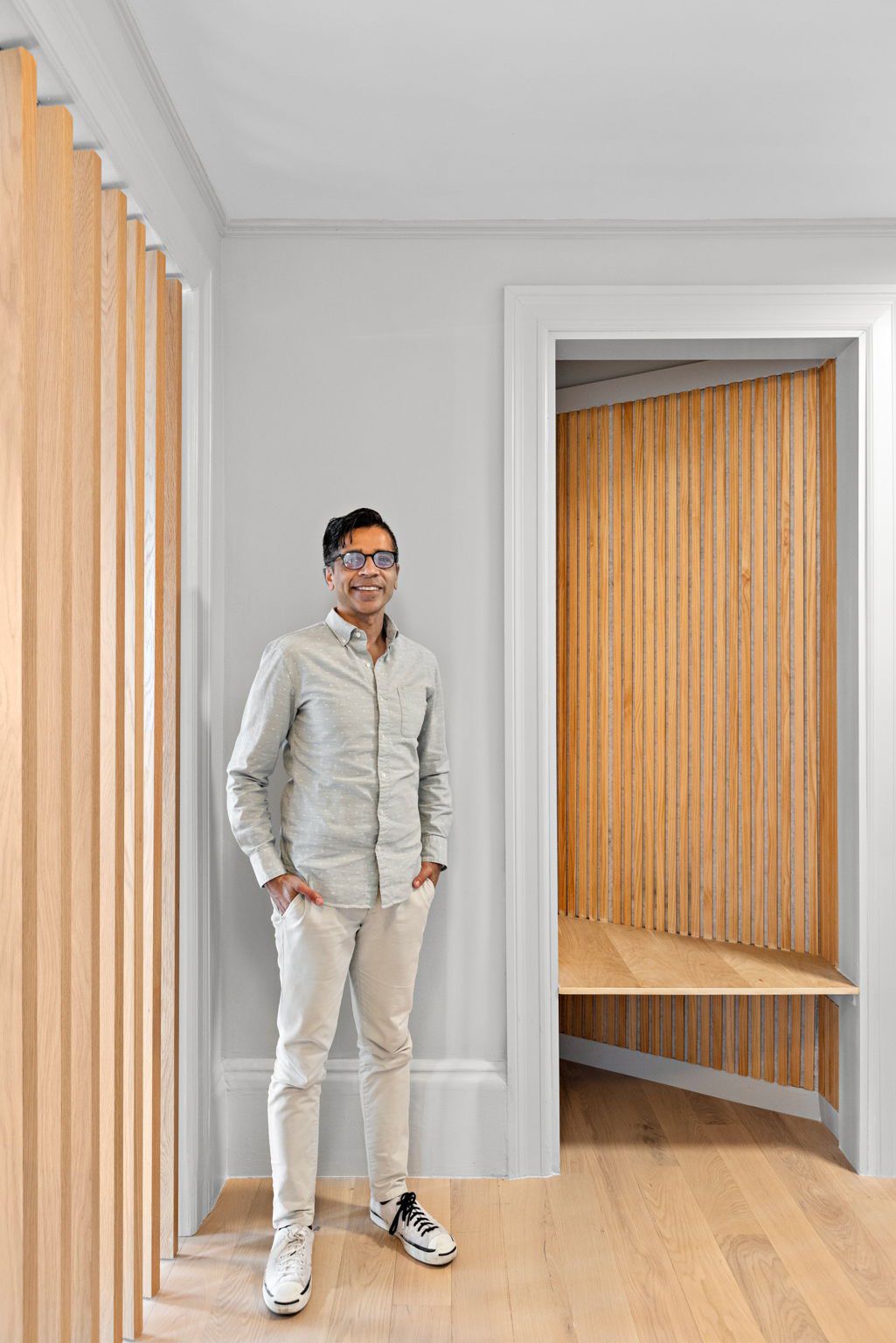
Few understand the struggle to reimagine a home like Atif Qadir, Founder of Amanat Properties. He’s an MIT-trained architect and Hoboken Planning Board Commissioner whose career has spanned many disciplines, including technology, investment, development and construction. Qadir is also the host of the American Building podcast, which digs into the challenges that facing housing in America.
He played a big role in the reimagining of two Hoboken properties showcased here on Jersey Digs, a six-unit building on Park Avenue and two exquisite condominiums on Hudson Street. Now, he is putting the finishing touches on one of his most personal projects yet, his own home. His parents, originally from Pakistan and India, instilled in him an appreciation for heritage and craftsmanship, values he sought to honor throughout the renovation of his home.
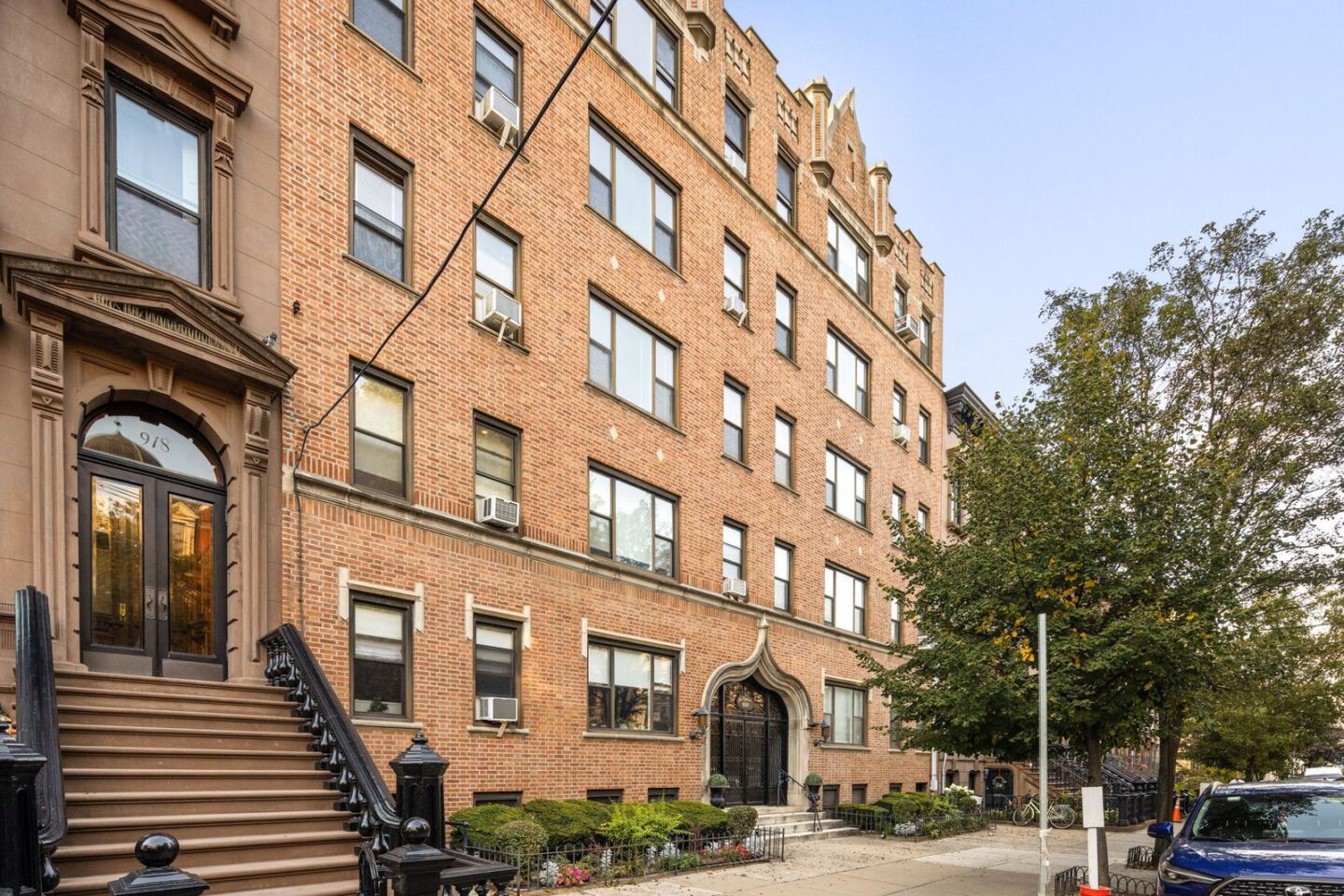
The Gothic Revival apartment building at 920 Hudson Street is a remarkable structure on a street brimming with superstar brownstones and some of the town’s priciest condos. Elysian Park with its generous views of Manhattan and the Hudson River is only steps away. Outside the building, leafy trees stretch skyward, towering over most of the homes.
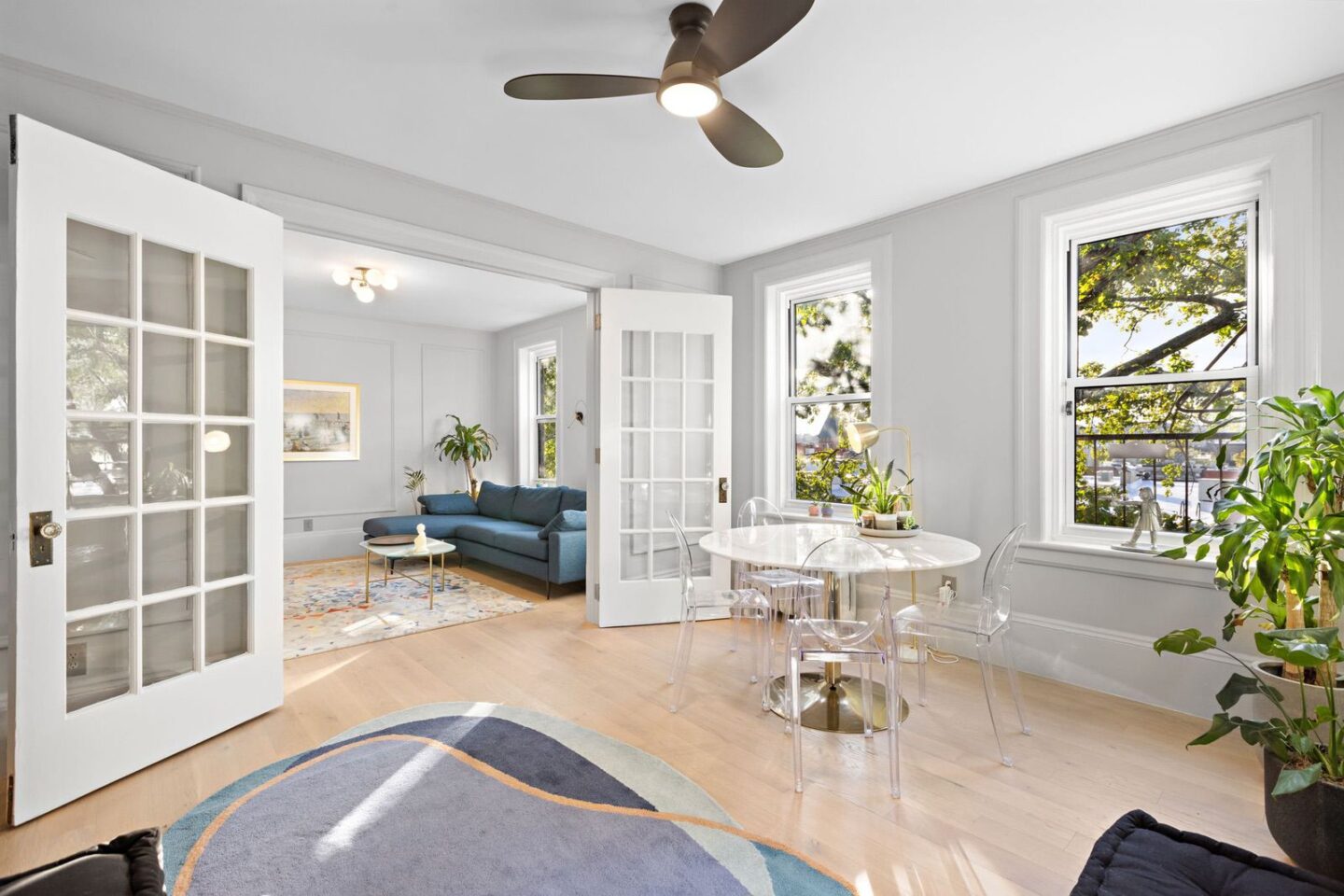
On the 4th floor of 920, Qadir had a problem to solve. How could he transform a dark, rundown 900-square-foot, two-bedroom unit with banged up floors, sagging ceilings, and an out-of-date bathroom and kitchen into a home to match the work he’d done for others? He wanted a bright and open layout that maximized the space and stayed true to the architectural heritage of the building. Gazing out the eight massive windows of the 4th floor unit he found inspiration in the trees. The apartment should feel like a treehouse perched atop the Bradford Pear, London Plane Trees and Lindens lining his block along Hudson Street.
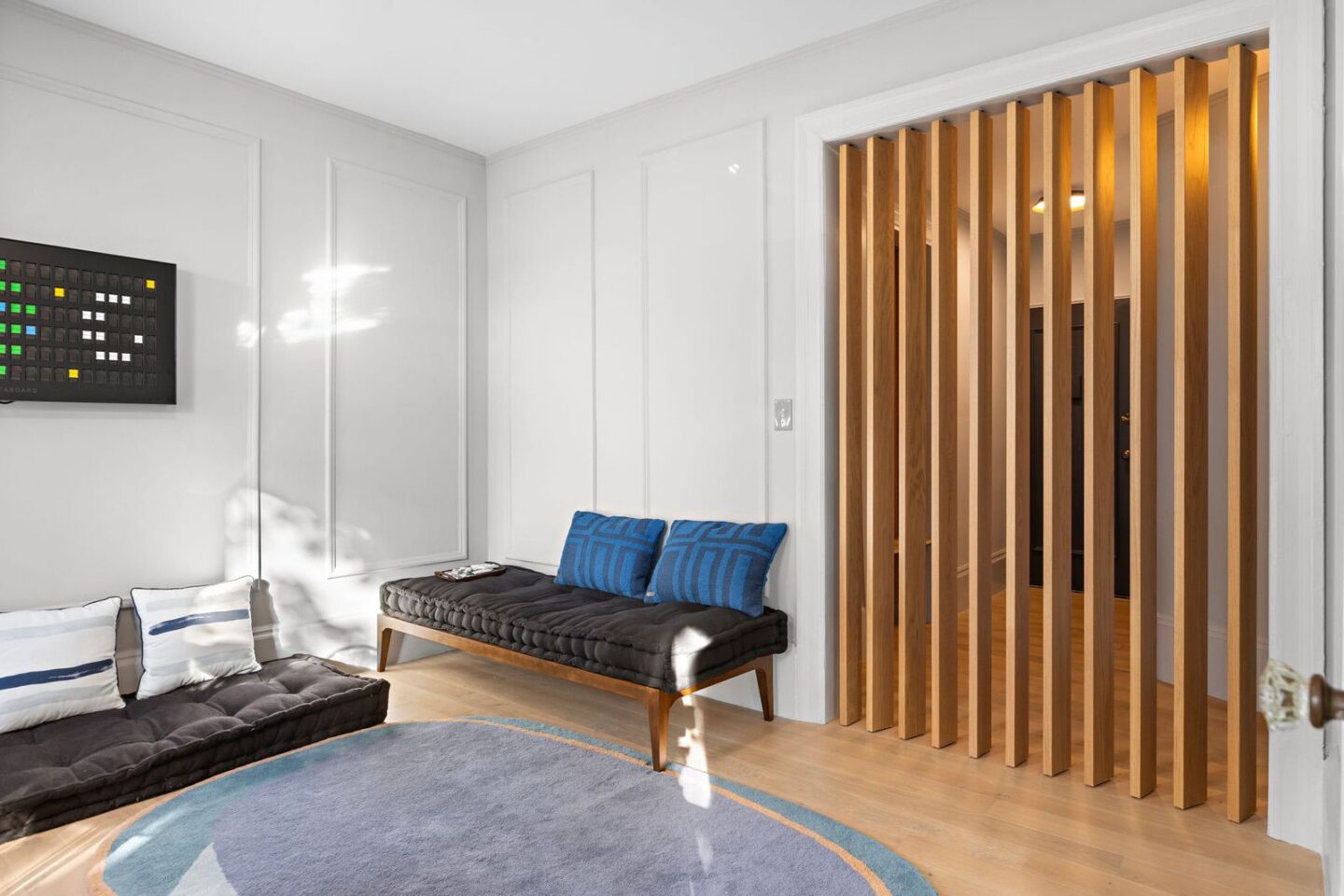
To make his treehouse in the city a reality, he assembled a team of experts. Camila Crazut handled the design. Raised in Venezuela, Camila earned her degree from the country’s top architecture school before obtaining a master’s in interior design from Pratt Institute in Brooklyn. Her work seamlessly combines functionality with beauty, as seen in her thoughtful approach to this project. Alberto Mata of M&I Home Improvement was the general contractor. Nick Cronin of Cronin Plumbing managed plumbing while Orlando Colon of D&O Electric ran all things electrical. With the dream team in place, the renovation began.
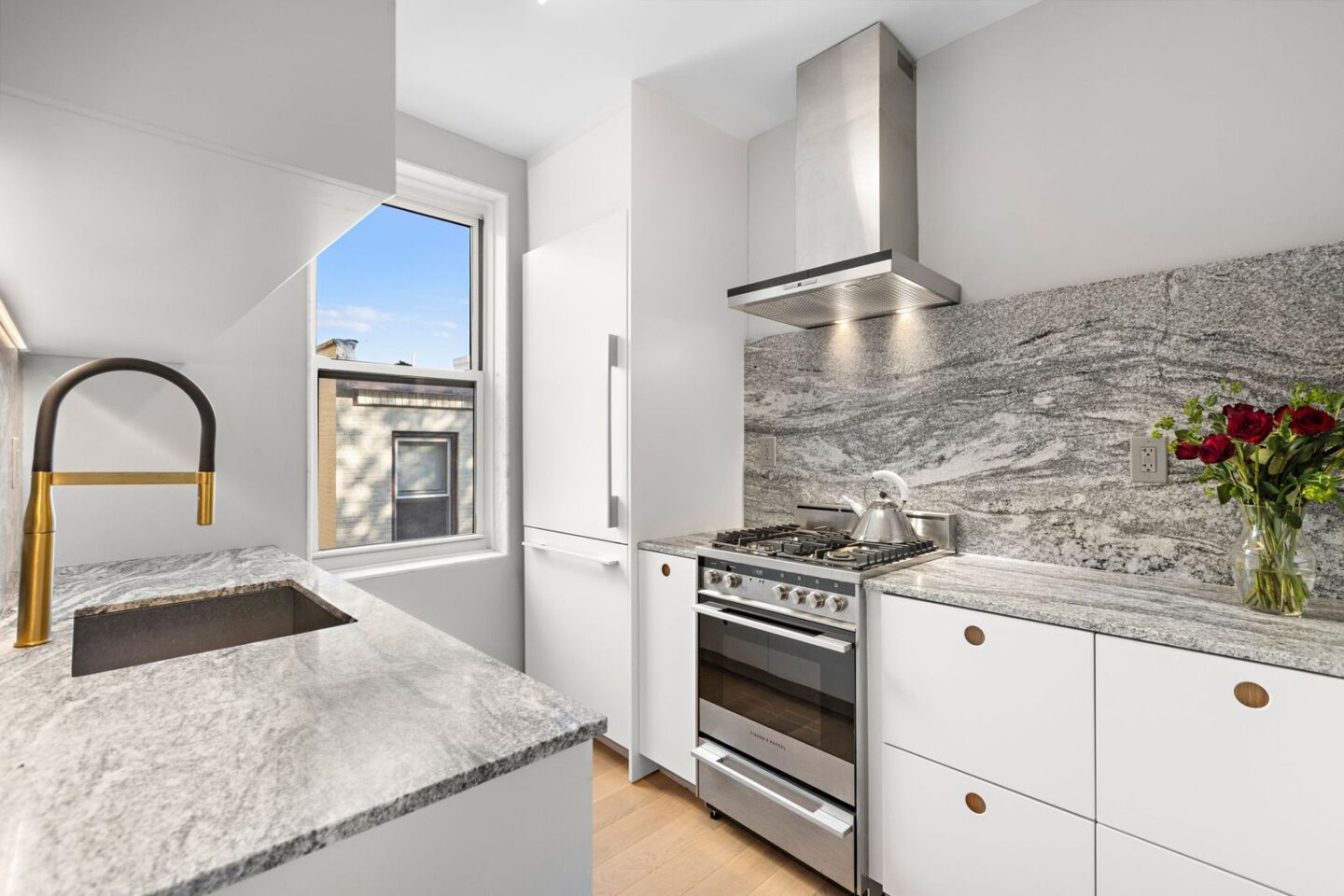
Trading dark and dingy for light and airy, the new kitchen boasts Fisher Paykel appliances, Danish cabinets from Reform Kitchens. Viscount white stone counters, tile from Garden State Tile, Grohe fixtures and Carrera white marble trims. Sustainability was critical to the project and a gorgeous refurbished refrigerator from Renovation Angel towers above the bright kitchen.

The furniture leans into the fresh and modern design with pieces from Article, Urban Outfitters, and the Museum of Modern Art. When needed, one room converts into a bedroom with the aid of moveable white oak trim by Andor Willow. In the flex room, a Vestaboard adds both functionality and artistic flair. The sleek, black rectangular display complements the modern design aesthetic while offering a unique, customizable feature to the space.
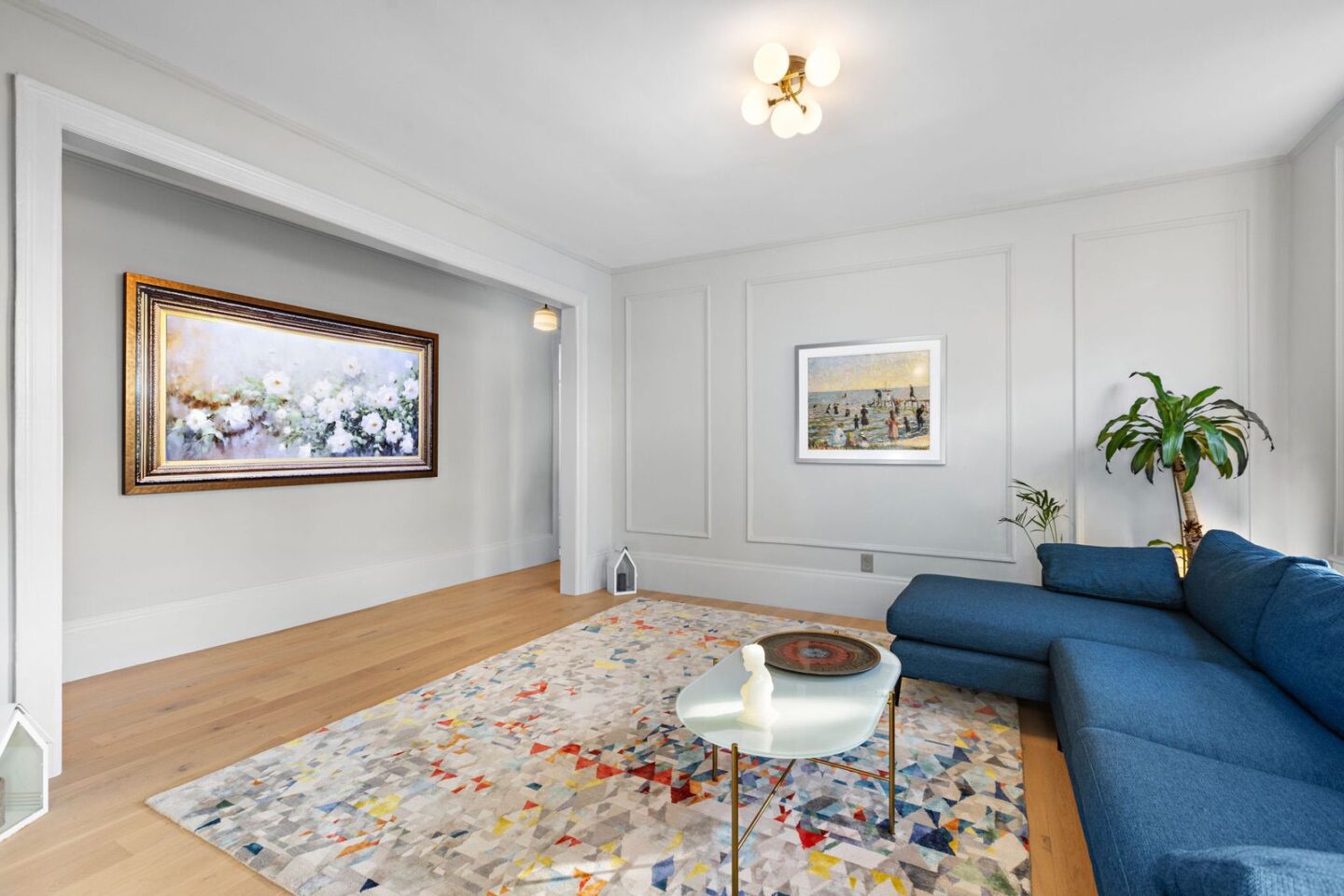
The television hangs in a custom frame designed to look just like a Samsung’s The Frame. Qadir gives a nod to his family’s Indian and Pakistani roots with a striking handmade Indian rug from Dover Rugs anchoring the living room.

The reimagined home looks out on the historic homes and soaring trees below, capturing both past and present in its bright modern design. With eight giant windows flooding the open layout with light, it feels much larger than the cramped space it replaced. The kitchen, bedrooms, bathrooms and living space have all been transformed. Qadir’s team most definitely completed the assignment and now Hoboken has a treehouse on Hudson Street.
